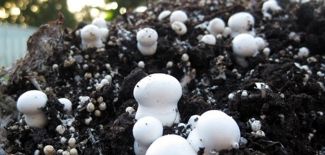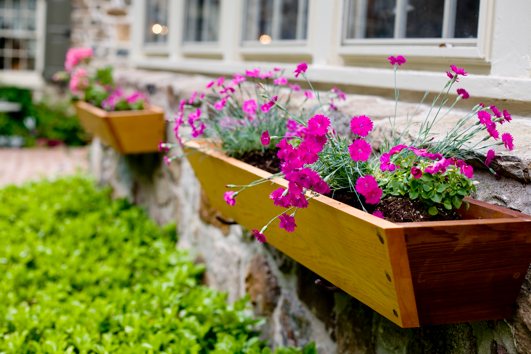Using Mushroom Compost

At The Compost Shop we sell fantastic quality mushroom compost as well as a popular mushroom compost and manure mix. Our spent mushroom compost is the compost that remains after mushroom farming and has a high organic matter made from a blend of composted straw and animal manure.
The fact that our mushroom compost is high in organic matter makes it perfect for use on acid soils that are conversely composed of low organic matter. Heavy clay soils benefit from the alkaline nature of mushroom compost and it adds humus to thin sandy soils.
Bought in bulk, mushroom compost is a fantastic soil conditioner and is great for use in mulch. Being alkaline in composition makes mushroom compost ideal for use in vegetable and ornamental gardens, given that vegetables specifically thrive in non-acidic soil. If you are growing brassicas such as broccoli, kale, Brussels sprouts or cabbage, they are much more likely to avoid being infected by clubroot disease. However, it should not be used around ericaceous plants that prefer compost with an acidic pH level, such as azaleas, rhododendrons, cameilla and blueberries.
Mushroom compost contains chalk, and as such, has a liming effect. You should always use it in moderation as a result, ensuring that you also remove any large pieces of chalk as a method of avoiding having a disproportionate amount of it in the soil. Although chalk can neutralise acidic soil and increase soil bacteria activity, oversupply can harm plant life, potentially leading to lime-induced chlorosis (a yellowing of the leaves) and stunted growth.
In particular, mushroom compost is not suitable for use with most fruit produce, since they mostly prefer conditions which range from neutral to acidic. You should also avoid using it as a lawn top-dressing, unless you have identified that the soil is unusually acidic and that lime is the only practical solution to neutralise it. Finally, as a high-alkaline substance, mushroom compost consequently contains a large quantity of soluble salts and as such is not suitable for potting mixes.
The Compost Shop stocks spent mushroom compost in high quantities and at very competitive prices. We make sure to steam sterilise our mushroom compost to eliminate spores and weeds, making it a superior quality economical soil conditioner.
